
School of Medicine faculty are using the capabilities of ChatGPT, to improve students’ learning experiences.

School of Medicine faculty are using the capabilities of ChatGPT, to improve students’ learning experiences.

Erich Huang, PhD’02, MD’03, HS’03-’08, is head of clinical informatics at Verily, formerly Google Life Sciences.

William Stead, AB’70, MD’74, HS’73-’77, is the McKesson Foundation Professor of Biomedical Informatics and Medicine at Vanderbilt University.

Duke has received a new $1.25 million, five-year gift from an anonymous family that builds on their previous support for the Center for Misophonia and Emotion Regulation.
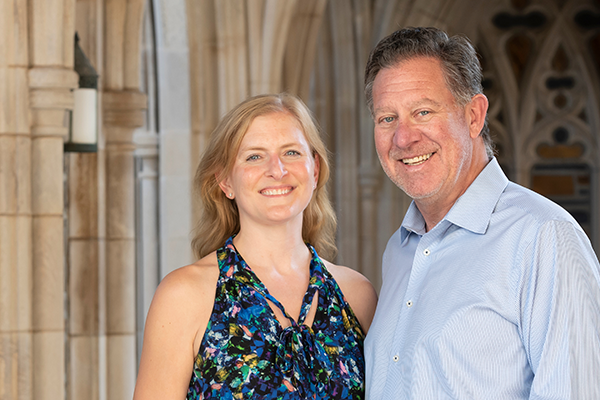
Krista Patterson and Jonathan Wigser have made a planned gift commitment of their estate to Duke Children's, Duke Cancer Institute, School of Medicine, and Fuqua School of Business.
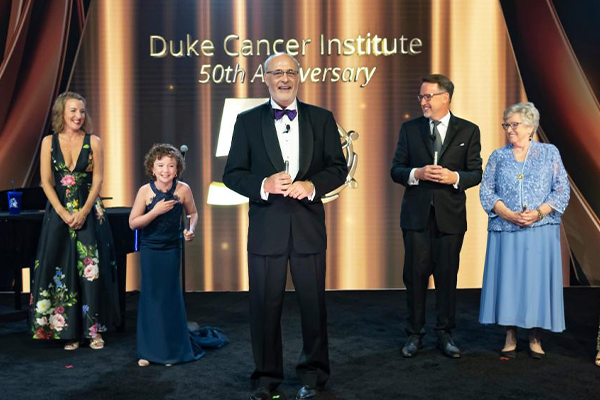
In honor of DCI's 50th anniversary, our amazing donors helped us raise more than $86 million for cancer research and care.
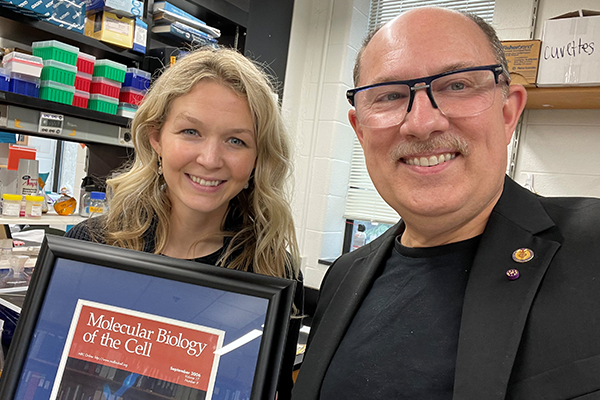
When Felicia Pagliuca arrived at Duke as a first-year undergraduate student from Asheville, she was only 16, but she was already fascinated by biology and physics.
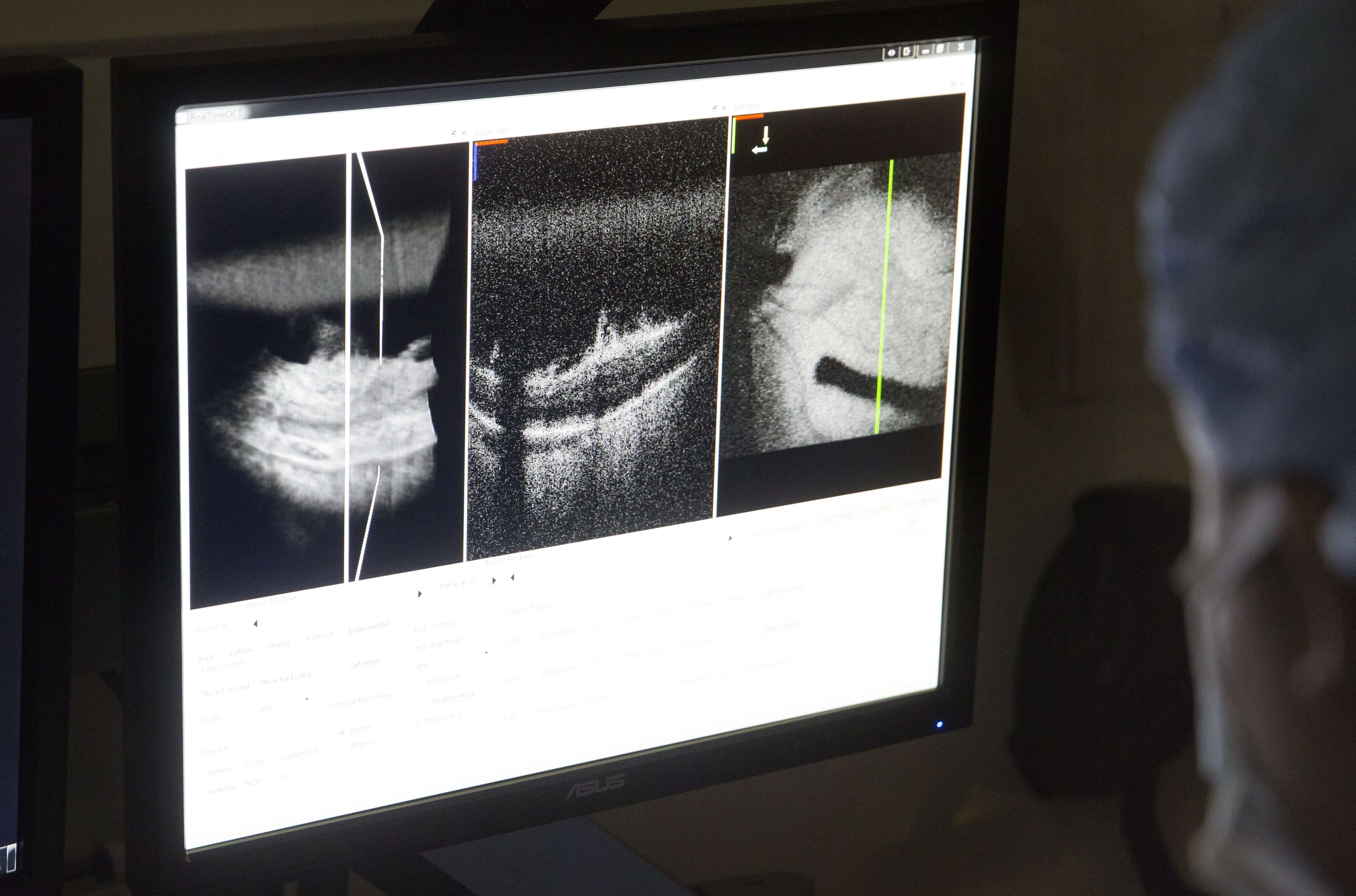
In 2008, Cynthia Toth, MD, was an accomplished ophthalmologist, retinal surgeon, and clinician-scientist. She had been involved since the 1990s in the early development of optical coherence tomography (OCT), a technology that bounces light waves off different parts of the eye, providing a finely detailed look inside the eye’s tissues. In fact, at the time, OCT research from Toth and others had already changed how sight-robbing macular degeneration in older adults was diagnosed and treated, by revealing retinal tissue that could be measured in images and used to guide treatment and predict the course of the disease.
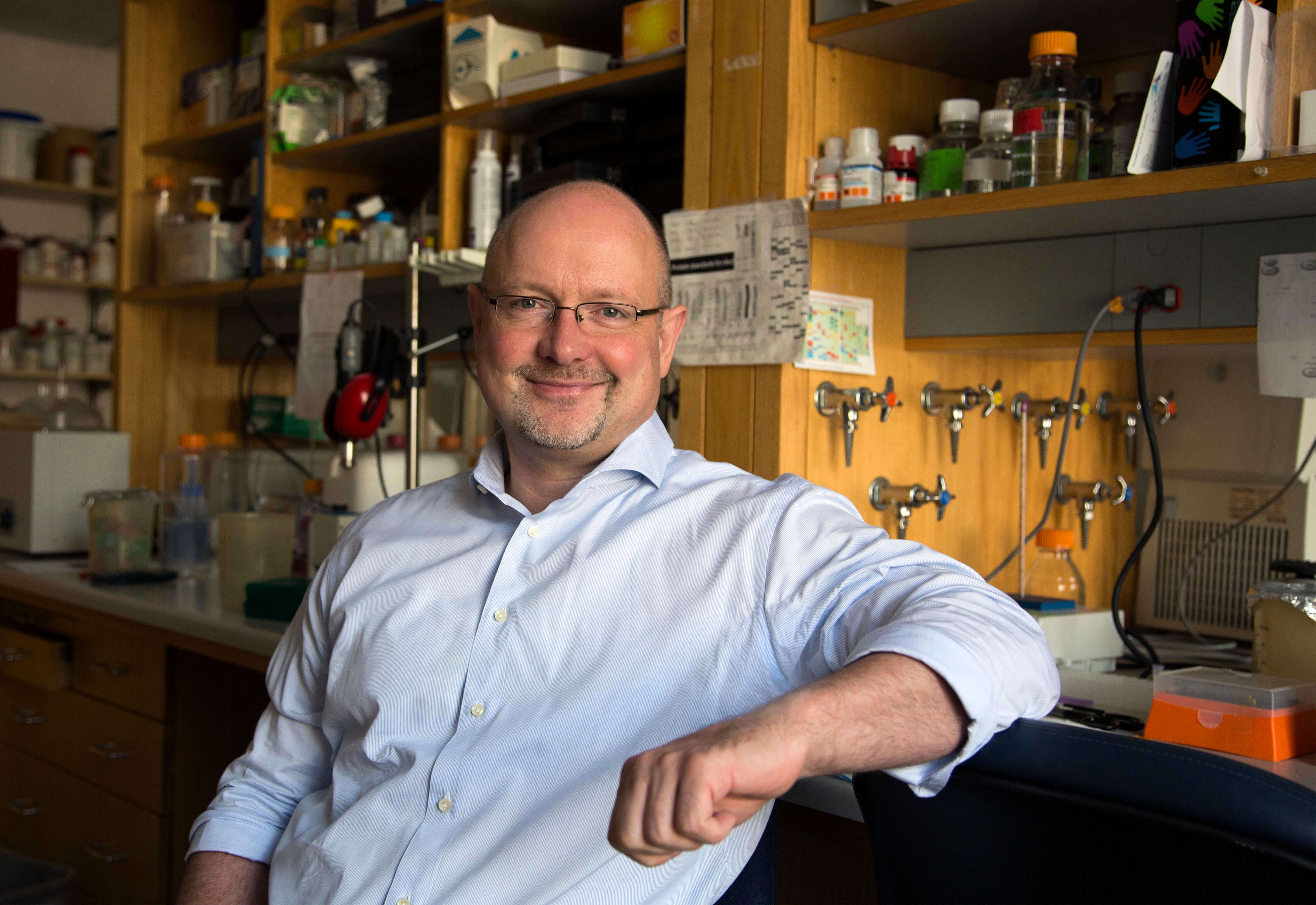
In a daring yet successful experiment back in 1995, Matthias Gromeier, MD, discovered that genetic recombination of poliovirus with a distant relative, human rhinovirus type 2, eliminates the disease-causing capacity of poliovirus. Yet, the modified virus retains the ability to infect and damage cancerous cells, owing to their abnormal “wiring,” and—more importantly—provides powerful immune stimulation by inducing host antiviral defenses.

Diego Bohórquez, PhD, associate professor in medicine, has become known as a “gut-brain neuroscientist.” His team has shown that neuropod cells, a type of sensor cell in the gut, communicate with the brain and help influence decision making about food. This work opens up the possibility of targeting the gut to treat mental health disorders and has been recognized by the U.S. National Academy of Sciences, the office of the Director of the National Institutes of Health (NIH), the New Yorker, and more.